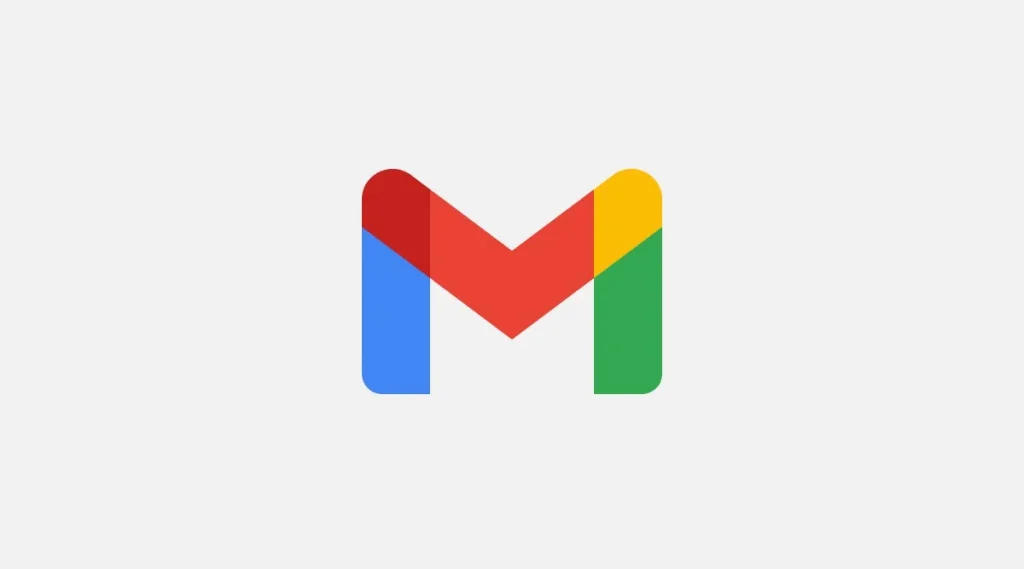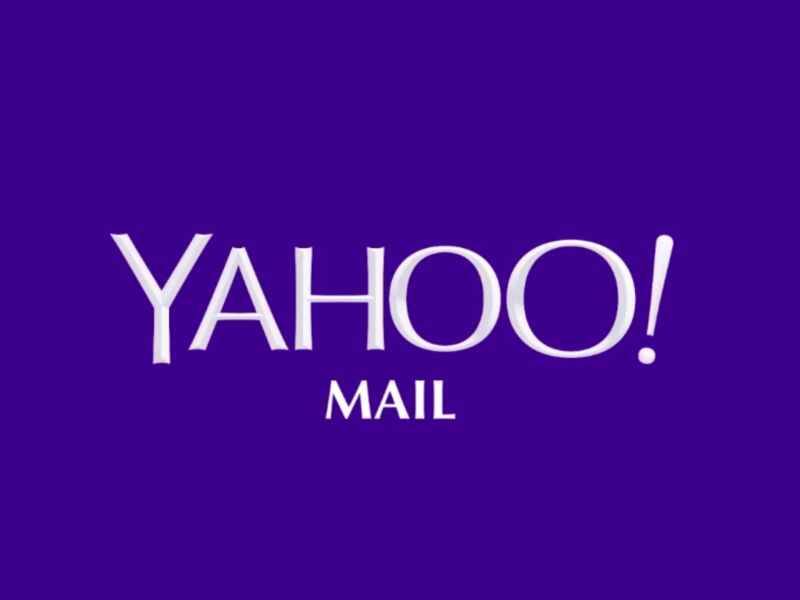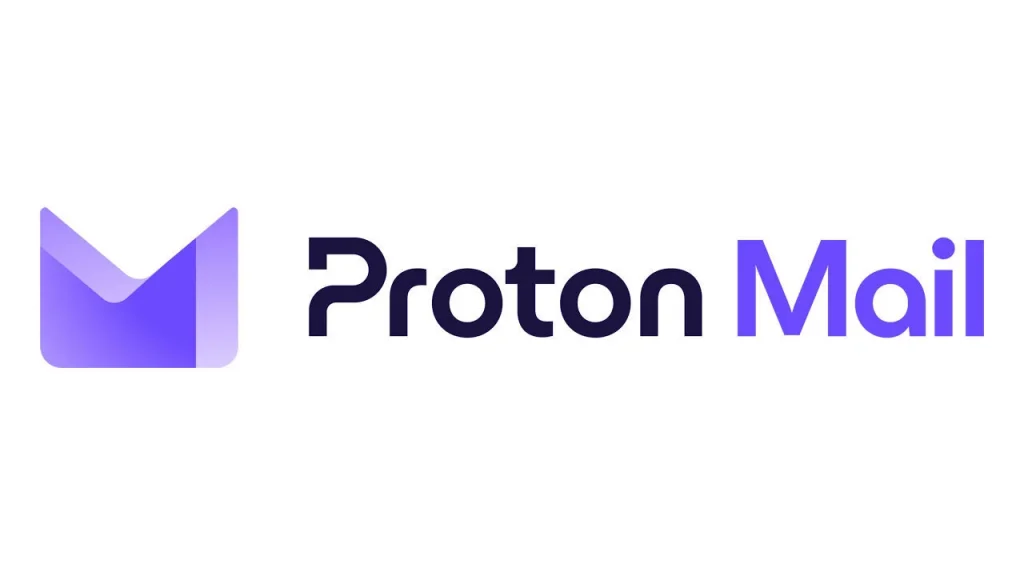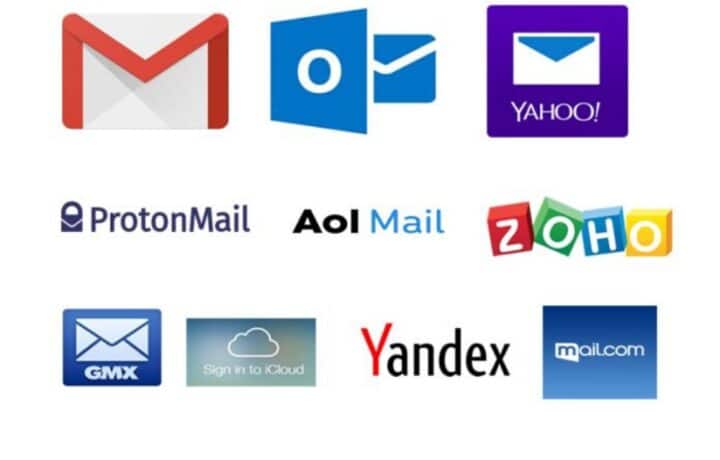You know, email is a simple yet important tool in this digital world. Almost everyone in the digital space is required to have an email account with an email provider. Now, you may already be familiar with Gmail and Yahoo Mail; however, there are other email providers with free access online, and I’ll be reviewing each of them in this article. It might even interest you to know that there’s an email provider that allows you to create an account that is only relevant for 10 minutes. That way, you can keep all these spam websites at bay by providing them with that email address instead of your main address. You’ll learn more about this email provider here. Read on.
Key Takeaways
Email providers provide an internal mechanism to send, route, accept, and manage the receipt of email messages. Some of the best free email providers include:
- Gmail
- Outlook
- Protonmail
- Yahoo Mail
- Zoho Mail
- AOL Mail
- GMX Mail
- Tutanota
- iCloud Mail
- 10-Minute Mail
Types of Email Accounts
Before we go on, you should know that there are two types of email accounts: email clients and webmail. While webmail looks to be more popular, I’ve found that email clients have their own set of advantages. Whichever one you choose to go with, however, depends on what suits your needs the most.
Email clients
An email client is a piece of software installed on your computer that allows you to access and manage your email accounts. The email client connects to the internet and communicates with the provider’s email server to send and receive messages.
Companies and organizations can benefit a lot from email clients. They usually provide more comprehensive mailbox management capability than webmail and may interface more seamlessly with the company’s other applications. Email clients include Microsoft Outlook, Mozilla Thunderbird, and Apple Mail.
WebMail
A webmail account is created online, and messages are sent and received over the internet using a web browser rather than installed software.
Webmail allows you to view your email straight from the provider’s server by logging onto the website that connects to your email account.
Opening a webmail account is usually free, and webmail may be accessed from anywhere with an internet connection. Gmail, Yahoo! Mail, and AOL are major webmail providers.
Regardless of the type of email account you use, email marketing solutions and protocols exist that allow you to check messages from your phone and other devices.
Having seen the types of email accounts available, let’s go on to review the top free email providers, starting with Gmail.
Free Email Service Providers
#1. Gmail

Gmail is my favorite email provider because it integrates with Google’s other services. This invariably makes it the world’s most popular email service, with over 1.5 billion users. Here are some of Gmail’s key features:
- Ample storage: 15 gigabytes of free storage
- Confidential mode: You can set expiration dates for your most private communications, which recipients can only access through two-factor verification. Additionally, recipients cannot forward, copy, print, or download.
- Snooze: Do you ever open an email and then ignore it? Snooze allows you to schedule emails to appear at a later time.
- Extended attachment size: You can email large attachments thanks to Gmail’s direct interaction with Google Drive. When you attach a file that exceeds the normal 25MB limit, it will upload to Google Drive and attach a link.
- Smart reply: Gmail’s smart reply feature autocompletes your responses, saving writing time.
- Google Ecosystem: Gmail is integrated into the larger Google product package. This includes connectivity with Calendar, Tasks, Keep, and more.
- Security: Gmail provides excellent email security features. When possible, Gmail protects your information by automatically encrypting your emails, which turns them into a code during delivery. This security tool is called Transport Layer Security (TLS) and helps prevent others from reading your emails.
The downside to having Gmail, however, is that Gmail shares storage space with other Google services. If you use other services regularly, you might have to opt for the paid plans, starting at $6 per month.
Read Also: GMAIL LOGO: Does Gmail Have a New Logo?
#2. Outlook

Microsoft Outlook, originally known as Hotmail, has evolved over time into a versatile email platform. Outlook is suitable for both personal and professional use, as it has calendar integration and cloud storage. Outlook uses machine learning to evaluate incoming emails and rank them based on significance. The Focused tab shows important email messages, but the Other tab hides the less relevant ones. Other features include:
- Calendar: You can manage appointments, meetings, and events directly from Outlook.
- People: You can easily keep and access your contacts in Outlook.
- Accessibility: Outlook’s support for assistive devices, voice navigation, and other features make it a good choice for the impaired.
- Quick Parts: Quick Parts allows users to store and paste blocks of text at their convenience.
- Security: Outlook and Office 365 provide numerous choices for safeguarding your emails.
The drawback of Outlook is that, unlike Gmail, the interface is slightly cramped, and it affects navigation. You can read my article on Gmail vs. Outlook to learn more about the difference between these two email providers.
Read Also: HOW TO CREATE AN OUTLOOK ACCOUNT: Detailed Simple Steps
#3. Yahoo Mail

Yahoo Mail was once a frontrunner in the email race, but it still has millions of users worldwide. Despite tough competition, Yahoo Mail remains a popular choice due to its user-friendly layout and extensive features, which include
- All-in-one inbox. You may add practically any email to your Yahoo inbox, including Gmail, Outlook, and AOL.
- Subscription Management: You can manage and unsubscribe from mailing lists at your convenience.
- Yahoo offers free customers an astonishing 1TB of storage.
- Personalization choices: Yahoo provides consumers with loads of personalization possibilities, especially for mobile devices.
The major drawback to using Yahoo Mail is that it has limited customer service.
Read Also: YAHOO MAIL LOGO: History & All You Need to Know!!!
#4. ProtonMail

If you value privacy and security, ProtonMail provides end-to-end encryption and rigorous privacy regulations. Some of ProtonMail’s features include:
- Client-side encryption: This safeguards emails from being compromised by anyone, including hackers and intrusive companies.
- Open-source: Anyone who doubts Proton’s dedication to privacy can inspect their source code for themselves.
- Self-destruct: If you don’t want an email to exist forever, you can arrange for it to be deleted automatically after a given amount of time.
- Proton ecosystem integration: Proton Mail seamlessly integrates with the larger Proton ecosystem. This ecosystem consists of a calendar, a file drive, and a VPN.
Proton offers only 500MB of free storage. This may appear relatively small compared to other services.
Read Also: A Guide On How To Use A VPN
#5. Zoho Mail
Zoho Mail offers a full range of email services for organizations, including custom domain hosting and collaboration capabilities. With over 50 million users globally, Zoho Mail is gaining headway in the commercial email industry. Key features of Zoho Mail include:
- Productivity Tools: Zoho provides considerable workflow capability from within its inbox. You can create tasks, events, and notes contextually from an email.
- Conversation Streams: You can replace long email chains with instant messaging. You’ll be able to start a chat room with everyone included in an email chain. Even better, you do not need to leave the email to use it.
- Streamlined Migration: Zoho makes transferring all of your data from a prior email provider easy.
The downside to Zoho Mail is that it requires extensive tweaking before use. Plus, it has limited customer support.
#6. AOL Mail.
AOL Mail, a long-time email provider, remains a nostalgic choice for some users, with features such as limitless storage and integrated chat services. While its user base has dwindled over the years, AOL Mail still has a devoted following. Some of the key features include:
- Unlimited storage.
- Mass-deletion: AOL makes it simple to delete emails in bulk. Other platforms struggle with this, requiring customers to trash emails one after another.
- Reading pane mode: This allows you to read emails without leaving your inbox.
- Pop and IMAP support: You can download emails immediately to your machine.
There’s a downside to using AOL Mail though; Unlike Gmail and Outlook, AOL does not have an external drive for uploading huge files. As a result, you’re stuck with a moderate attachment size.
#7. Tutanota
Tutanota distinguishes itself by prioritizing privacy and security, providing encrypted email services to both personal and commercial users. With its user-friendly UI and powerful encryption capabilities, Tutanota is gaining appeal among privacy-conscious people. Its key features include:
- German Data Protection: Tutanota users can enjoy complete privacy thanks to GDPR compliance and German privacy rules.
- Open Source: Tutanota’s source code is completely open to anyone who wants to see it.
- Comprehensive device support: Tutanota’s apps for iOS, Android, Windows, and Linux allow you to send encrypted emails from anywhere.
- SecureConnect: Integrate fully encrypted contact forms into your website, powered by Tutanota.
- Tutanota’s email inbox has no adverts to distract users.
- Calendar: Protect your schedule from prying eyes with a completely encrypted calendar.
- Contacts: Tutanota keeps your contacts safe and ready when you need them.
Read Also: NEW EMAIL ADDRESS: My Journey Through Setting Up Email Addresses Like a Pro!
#8. GMX Mail
GMX Mail, a free email provider based in Germany, offers a robust email experience, including customized domains, spam filters, and file storage options. With over 20 million users globally, GMX Mail caters to a wide range of users through its different offers. It’s known for its generous data allowances, which include 50MB attachment limitations and limitless storage.
GMX features include:
- Unlimited storage space: Like AOL, GMX offers its subscribers unlimited storage.
- Massive attachment limit: GMX users can attach files up to 50MB. This restriction is significantly greater than its competitors.
- GDPR-compliant: GMX is situated in Germany, providing users with the benefits of European privacy protection.
The major drawback of GMX is that its international version does not support two-factor authentication. Also, its free service does not support POP or IMAP.
#9. iCloud Mail
Apple’s iCloud Mail interacts seamlessly with its network of devices and services, providing consumers with a streamlined email experience. While iCloud Mail is primarily intended for Apple users, it is accessible across other platforms and devices. Its features include:
- Apple-friendly: iCloud Mail integrates neatly into the Apple ecosystem.
- Customer Support: Unlike other free email providers, Apple provides customer help to iCloud subscribers as needed.
The major drawback is that Apple created iCloud Mail solely to serve as a personal email solution. This makes for a rather barebones experience, lacking the functionality that other top email companies give.
Read Also: APPLE BRAND AND LOYALTY: Creating a Brand the Apples Way
#10. 10-Minute Mail
10-Minute Mail is not your ordinary free email service provider. Instead, its founders purposefully intended it to help people avoid spam.
Here’s how it works: whenever a service requires you to provide an email address, you use this one instead. By doing this, they won’t track you or add you to another mailing list.
The email you get will be permanently deleted after 10 minutes (unless you extend the timer). Your emails will be deleted, and the address will no longer work. The key features of the 10-Minute Mail include:
- Evade spam: 10 Minute Mail is a disposable email that you may offer to anyone who requests your address. Simply provide them with your 10-minute email address, and they will be unable to spam, monitor, or sell your email to third parties.
- Server swap: 10 Minute Mail changes its domain every month, so website administrators can’t ban registrations from their email addresses.
One thing you should note here is that you can’t use this mail to set a recovery address; since it’s messages get deleted after 10 minutes, you’ll lose your emails forever.
Read Also: Email Spam Bot: Everything You Need to Know
Tips for Choosing a Free Email Provider
With a lot of free email providers available, here are a few factors you should consider while selecting one:
#1. Privacy
Unless otherwise noted, many email providers may likely sell your personal information to third parties. Of course, they will report this fully as required by law, but it does not make it any less uncomfortable.
Selling information is one method they earn money from their “free” service. If privacy is important to you, consider using a privacy-focused email hosting company such as Proton Mail or Tutanota.
#2. Storage Capacity
When setting up your email for the first time, storage is usually the last thing on your mind. The big deal, however, is that emails can accumulate quickly, causing your storage space to decrease at the same rate. If you don’t want to worry about storage space, try making a big storage allowance.
#3. Features
Most email providers now give more than just email. They also provide calendars, contact books, and to-do lists. Some go much further, providing substantial productivity tools.
The point is that not all email providers are the same; some offer more richer experiences than others. With that in mind, thoroughly evaluate the feature set of any email provider. While you won’t need them all, you’ll undoubtedly find a few useful.
Here’s a full checklist for your reference:
How Do I Get A Free Email Address?
To get a free email address, sign up with a reputable email provider like Gmail, Outlook, Yahoo Mail, or ProtonMail. Simply visit their website, follow the registration process, and create your desired email address.
What is The Best Alternative To Gmail?
The best alternative to Gmail depends on individual needs. Some popular options include Outlook for Microsoft users, ProtonMail for enhanced privacy, and Zoho Mail for businesses. Choose based on features like security, integrations, and user interface.
What Is The Most Private Free Email Provider?
ProtonMail is widely regarded as the most private free email provider due to its end-to-end encryption, strict privacy policies, and Swiss jurisdiction.
Is There A Free Email App?
Yes, there are several free email apps available for both mobile and desktop platforms, including Gmail, Outlook, Yahoo Mail, and Apple Mail.
What Is The Most Hacked Email Provider?
Determining the “most hacked” email provider is challenging as security breaches vary. However, providers with large user bases like Gmail and Yahoo are frequent targets.
In Conclusion,
When it comes to exploring free email providers, each platform provides a different set of features, security measures, and user experiences. Whether you value privacy, convenience, or personalization, there is a free email provider to meet your demands. As we continue to negotiate the digital frontier, let your inbox serve as a gateway to connection, collaboration, and limitless possibilities.
- Business Email: How to Create a Business Email Stress-Free!!! (+ All You Need)
- Yahoo Finance: News, Net worth, how they started and API Guide
- The 2024 Showdown: Unveiling The True Best Email Services For Every Need
- YAHOO LOGO: Meaning, Why Yahoo Changed Their Logo and History






